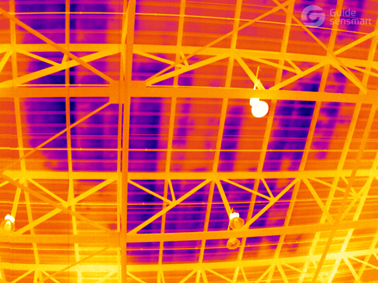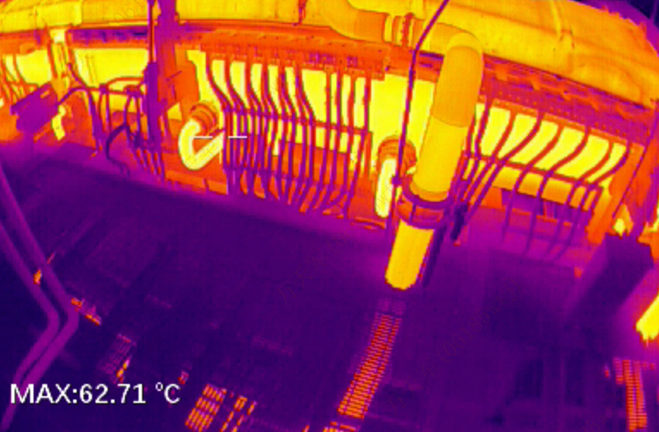The onset of thermal imaging in the inspection industry deserves attention. What’s more exciting is that thermal imaging technology continues to improve gradually. Today, it is much easier to use and more accurate than it was several years back. We are going to explore how this technology is useful in home inspection.
Let’s dive right in.
1. Find insects
Thermal imaging shows temperature differences on the surface of materials and it cannot see through opaque objects. Objects against the back of a wall can cause a temperature change on the surface of the wall and this is the thermal effect that the thermal imaging will display. If the insects hides behinds a wall, detection of the insect hive is possible to find them through thermal imaging because heat will be transferred from the hive to the wall if the hive is warmer than the wall, which may cause the temperature of the wall surface to rise, especially for rodents, like rats.
The damage to the heat insulating materials or a hole may reveal there is an insect hive as rodents usually move the insulating materials to leave space for themselves. It may lead to cold spots detected by a thermal and visual videoscope system, which helps inspect personnel quickly measure invisible hot or cold spots in difficult-to-access area.

2. Missing insulation
Missing of insulation may result in infiltration of either heat or cold, which shows as hot or cold spots on walls or ceiling when viewed by a thermal imager. Walking around a house with a thermal imager to look for temperature differences is a good way to detect the areas of missing insulation. Area of the house that shall be inspected includes the edges of attics, wall cavities, floor, ceiling insulation, basement and pipes.
For better results, the temperature difference between the inside of the house and outside of the house is required, which can be achieved by heating the house up on a cold day or turning on the air conditioning when it’s hot outside. After that, record hot/cold spots where temperature differences are seen as possible locations of missing insulation.

3. Electrical faults
When it comes to providing a safe living environment for a house, prevention is definitely better than supervention. Infrared thermal imaging cameras can be an important tool to prevent fires caused by electrical faults. Using thermal cameras conducts inspection of circuit breakers, outlets, electronics, thermostats, and any other electrical systems can help identify loose connections.
A loose electrical connection causes heat, which can be identified by thermal imaging easily.













.svg)



_fuben.jpg)

